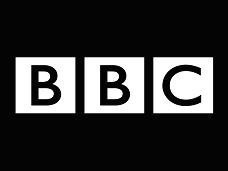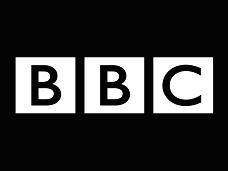3D-TV is a topic that has been studied for many years in Europe. Through the research frameworks of the European Commission in particular, a number of long-term issues have been addressed to overcome limitations of the traditional two-view stereoscopy. This article gives a brief overview of the goals and achievements of some completed European projects starting in the 1990s. It then reviews the topics related to 3D-TV in recent European research. Finally an overview with a selection of recent projects is presented.
Research and publish the best content.
Get Started for FREE
Sign up with Facebook Sign up with X
I don't have a Facebook or a X account
Already have an account: Login
Monitoring innovations in post-production, head-end, streaming, OTT, second-screen, UHDTV, multiscreen strategies & tools
Curated by
Nicolas Weil
 Your new post is loading... Your new post is loading...
 Your new post is loading... Your new post is loading...
's comment October 3, 2011 1:17 PM
Hi Nicolas. Great work! Are you aware that A Broader View posts the work you spend so much time on, on his Facebook page without giving you credit? He does this to others also. He has a very high Klout score by taking the work of others. I feel it is fine for people to use anyone else's work, but they should give credit. Do you agree?
's comment October 3, 2011 1:26 PM
Many people work hard on their curation but you boost your Klout score via Facebook without giving credit to the authors or curators. Do you not realise that this is wrong? It is a compliment to the authors if you give them credit. It is plagiarism in its basest form to gain credit from the work of others without giving it. You are obviously a smart man so surely know this already
|
|
















